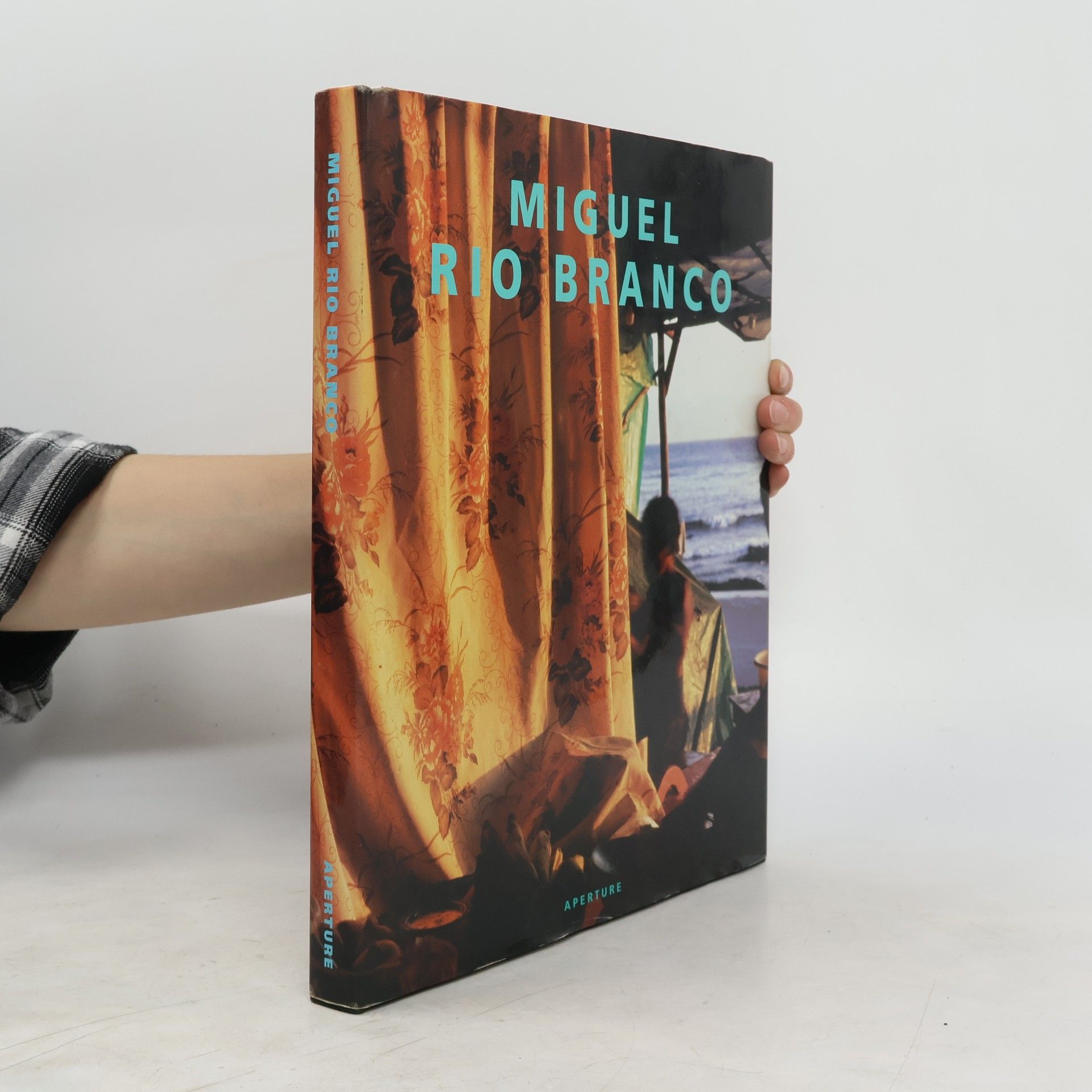Co-Illusion
- 184pages
- 7 heures de lecture
Reports from America's political crisis, exposing a new iconopolitics, in which words and images lose their connection to reality.
David Friedrich Strauss était un théologien et écrivain allemand réputé pour son érudition révolutionnaire qui remettait en question l'exactitude historique des Évangiles. Son œuvre séminale analysait le Nouveau Testament, postulant que ses récits étaient largement mythiques plutôt que des comptes rendus factuels. Influencé par la philosophie hégélienne, Strauss était aux prises avec la tension entre la foi religieuse traditionnelle et le rationalisme moderne émergent. Bien que ses idées radicales l'aient conduit à quitter l'Église, son travail a fondamentalement remis en question les interprétations établies et a ouvert la voie aux études religieuses critiques.






Reports from America's political crisis, exposing a new iconopolitics, in which words and images lose their connection to reality.
The long-awaited first retrospective of the Brazilian photographer Miguel Rio Branco.The deep, succulent color of Miguel Rio Branco's images reflects the richness and complexities of contemporary Latin America; Rio Branco has received wide acclaim for his projects on boxers, Brazilian children, and Cuba. Through his mastery of layering with both color and light, Rio Branco reveals hidden and forbidden segments of his surroundings, illuminating the unspoken and the instinctual. By focusing on the textures of fur and feathers, the flesh of slaughtered animals, or languid human bodies, he captures the cultural layers around him and provides a provocative vision of Latin America.Drawn from thirty years of work, these photographs display the talent for visual construction that Rio Branco utilized in his direction of more than twenty films. His remarkable conception of installation is a skill attributed to his formal training as a painter. The author, poet, and art commentator David Levi Strauss notes that "Rio Branco's colors seep out of their borders like bodily fluids, staining and contaminating everything around them. Bodies, bindings, wounds, and walls are wet with color. Even his mirrors bleed. Rio Branco's is an art of contamination, contagion, and corrosion, but also of resistance and transcendence."
Exploring the contributions of over twenty significant photographers, this work delves into the artistic processes and influences of notable figures such as Susan Sontag, Larry Clark, and Daido Moriyama. Covering a timeline from the 1930s to the present, it highlights the evolution of photography and its impact on culture and society, offering insights into the unique perspectives and techniques of each artist.
The book, first published in 1856, offers a historical perspective on its subject matter, reflecting the themes and societal values of its time. The reprint allows contemporary readers to explore the original text's insights and stylistic choices, providing a glimpse into the past. This edition preserves the authenticity of the original work, making it a valuable resource for those interested in historical literature and the evolution of ideas over time.